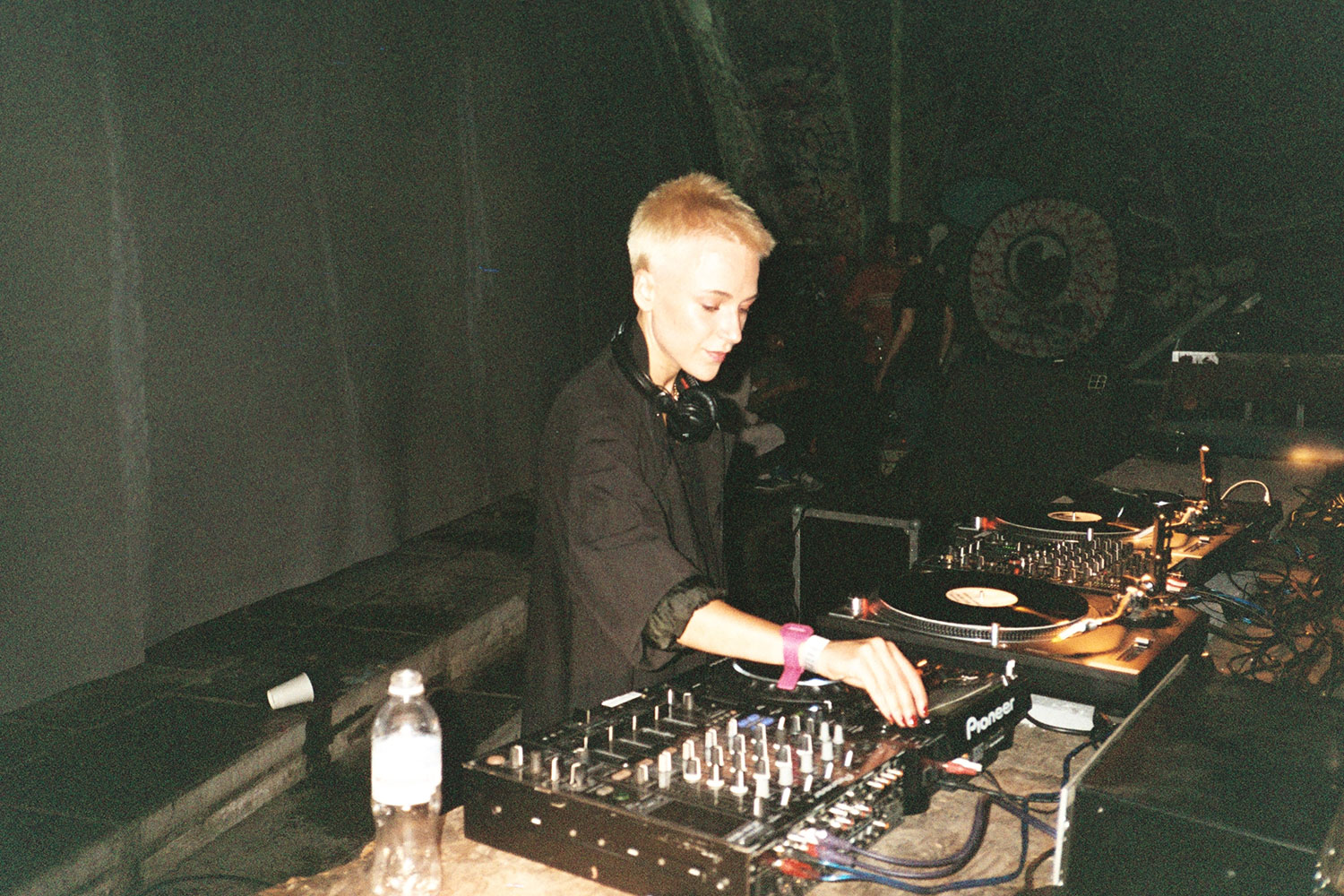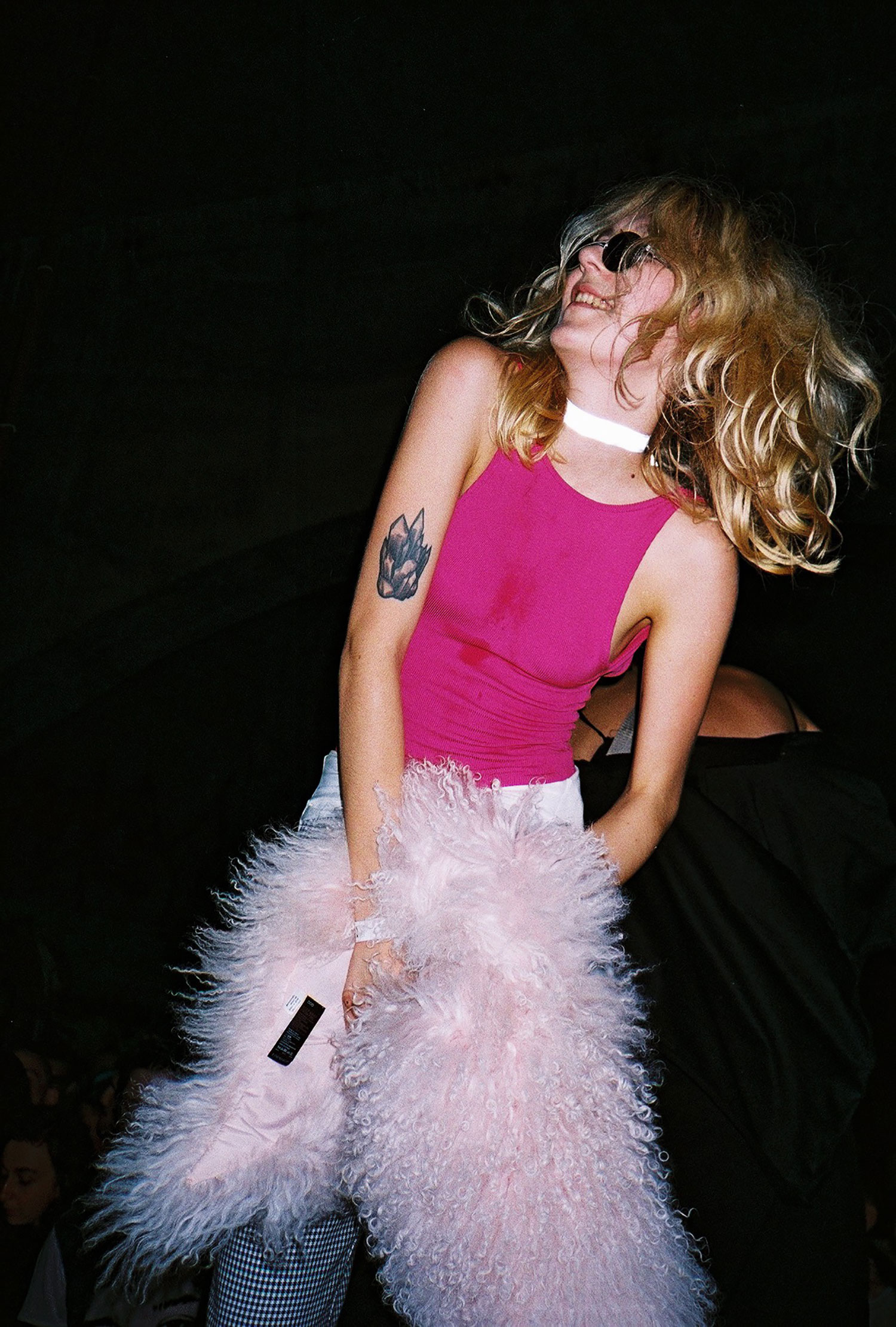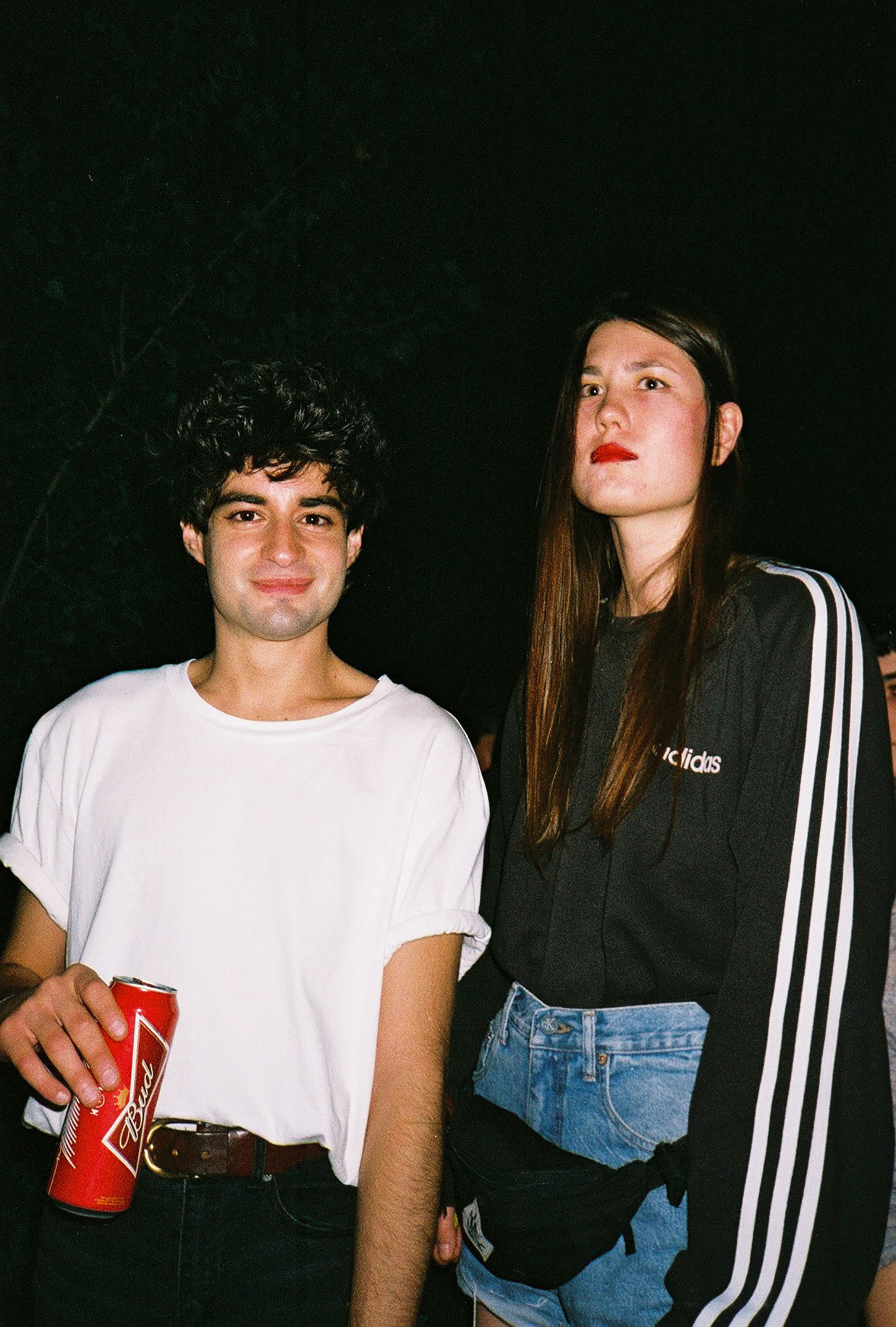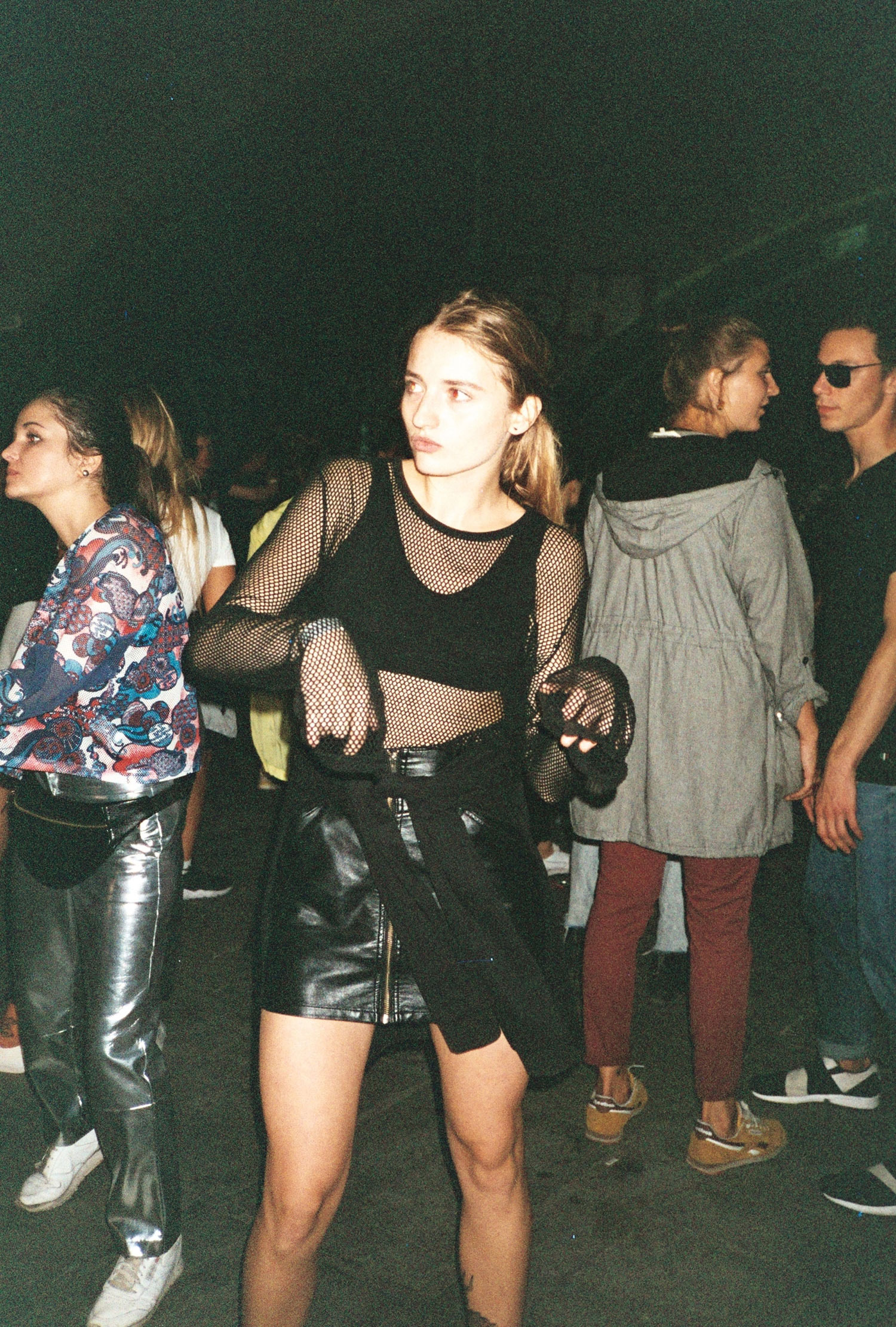We own the night: a generation finds its identity through rave culture
Kiev Now: Part OneParties in Kiev have always been special: from the venues — disused factory buildings, a skatepark on the riverbank, the top floor of an empty office block — to the immersive heavy techno raves where kids in sports jackets dance like there’s no tomorrow. On the weekend Kiev doesn’t sleep till the early hours, particularly if the biggest and most loved night, Cxema, is on.
Cxema (pronounced schema) was launched by DJ and promoter Slava Lepsheev in April 2014. Lepsheev missed the nightlife, which stopped during the Maidan revolution, and he wasn’t alone: there was a whole new generation of young people with absolutely nowhere to go out. Cxema was conceived as a result. This club scene that emerged during political unrest could have been catastrophic, but somehow turned out the opposite. “There are more good parties now than before thanks to the enthusiasm of their organisers,” says Slava. “The reason is not down to Maidan entirely but more the overall economic crisis. Young people are going out more instead of studying and thinking about their career. It’s also easier to get cheaper venues and equipment.” The night’s budget comes entirely from Slava’s savings, and reflects the fresh DIY spirit of the Kiev rave scene: all done for love, not business.
Every Cxema is documented by photographers (and regulars) Séan Schermerhorn, Yana Mikhaylenko, Marija Radosavljević and Lesha Berezovskiy. The photos, taken on analogue cameras reflect the party’s raw energy and Kiev youth’s obsession with 90s sportswear, taking you back to a rave culture long-since commercialised in the west. The energy behind the raves is a sign of hope for the future in the city. “Kiev used to be a sort of passing place, hardly anyone wanted to spend their entire lives there,” Slava says. “Now I can see that people are making plans for the future in Kiev, which of course improves the quality of living in the city in general.”
Text: Anastasiia Fedorova
Image: Séan Schermerhorn, Yana Mikhaylenko
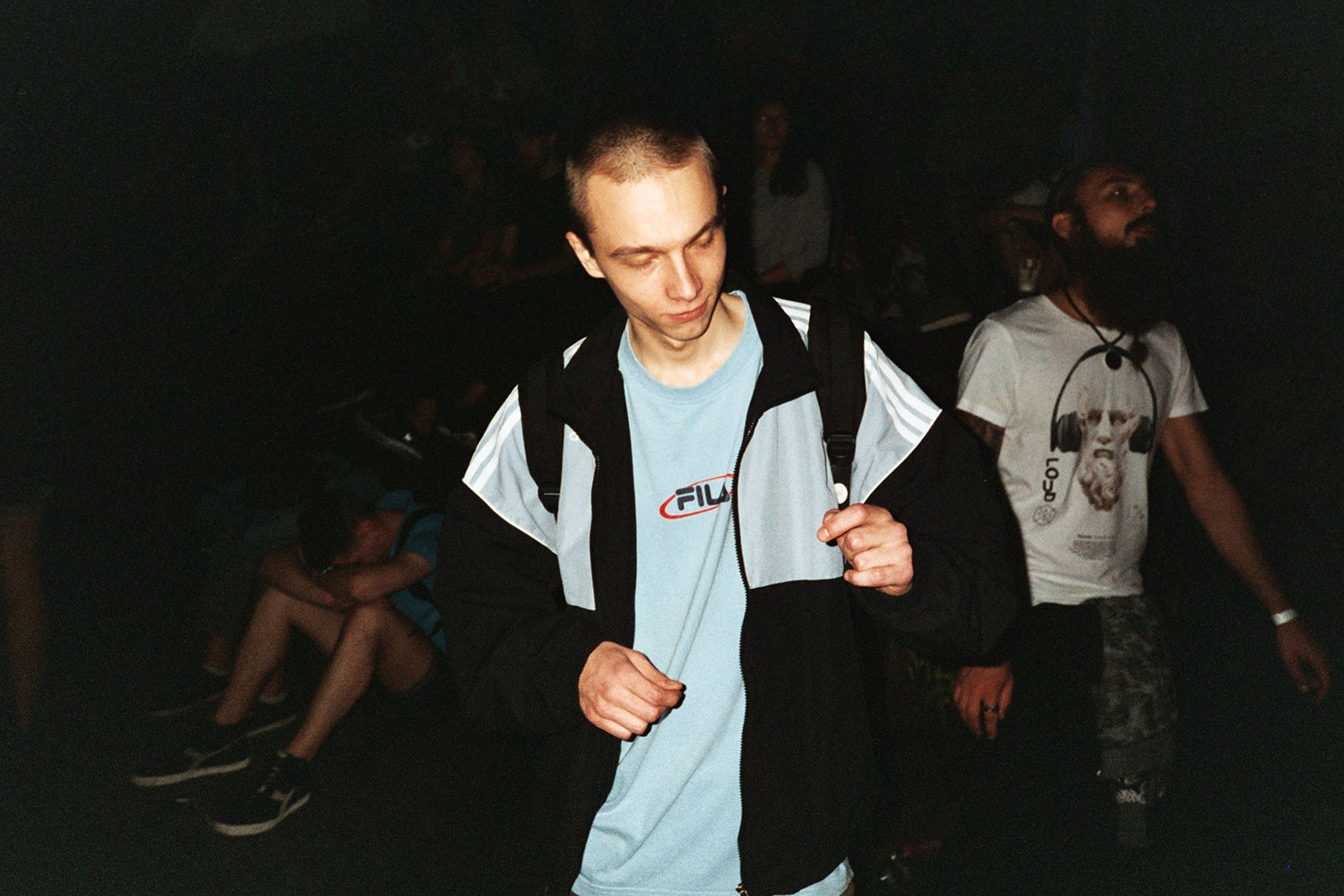
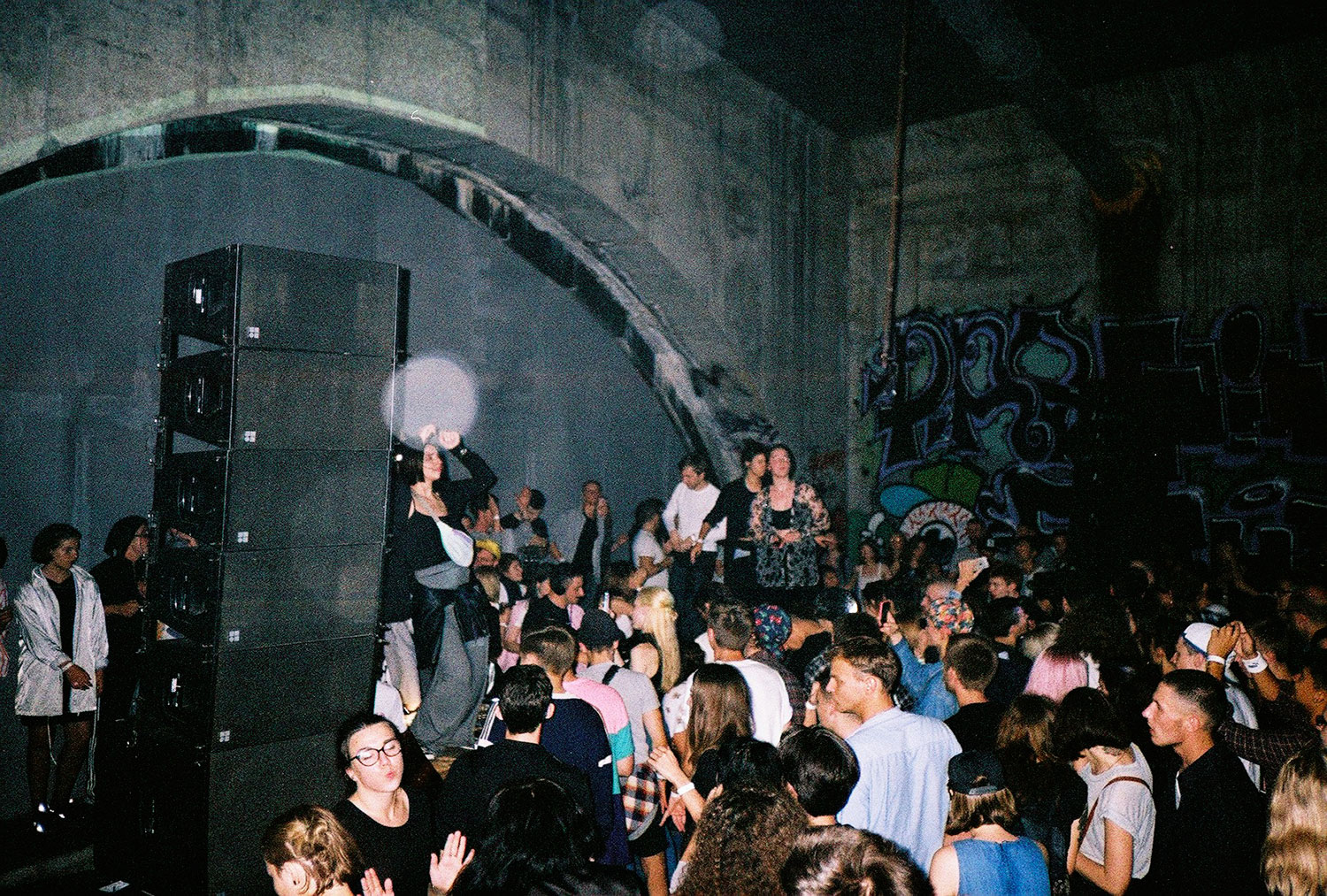
.jpg)
---Copy.jpg)
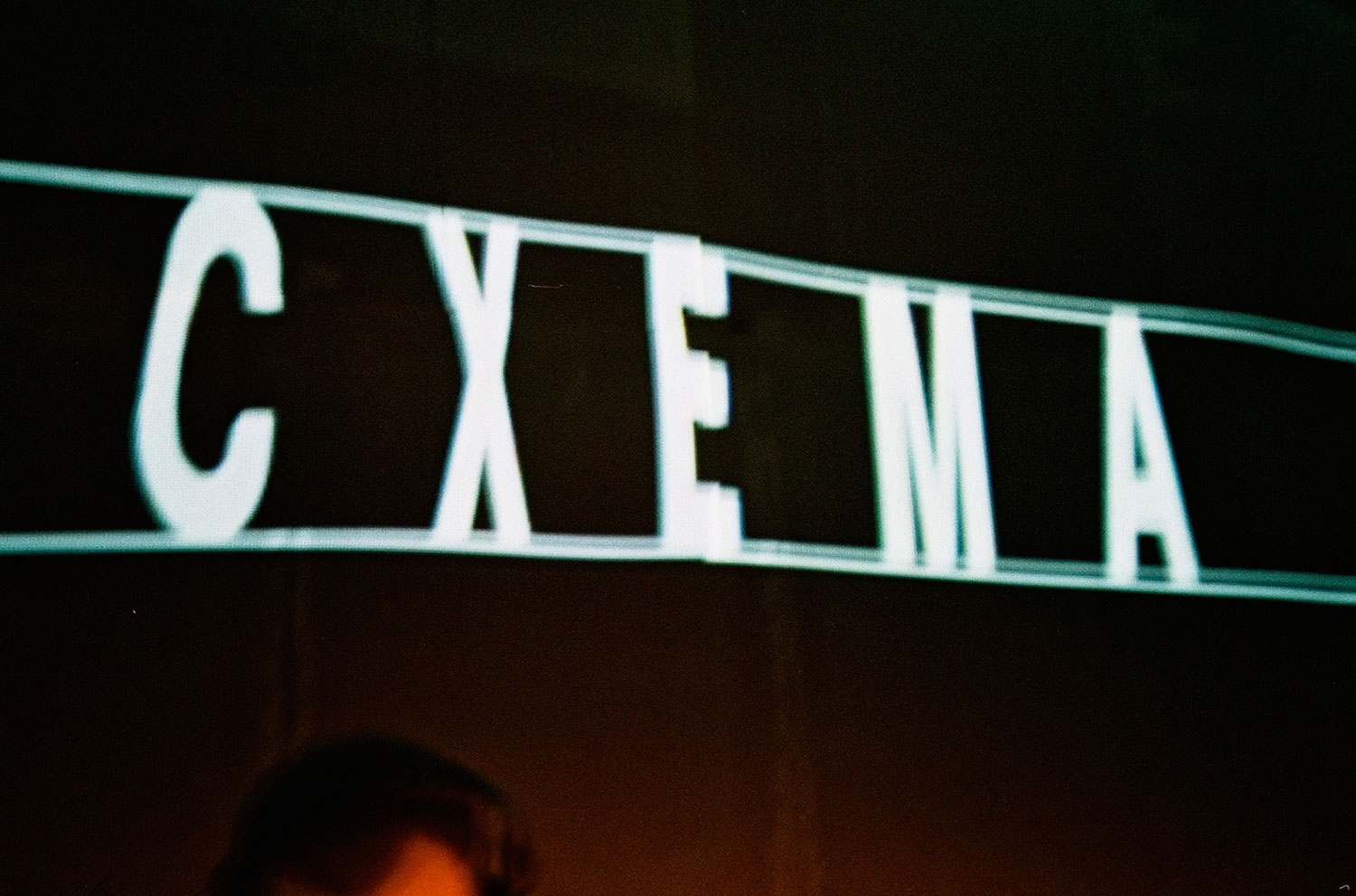
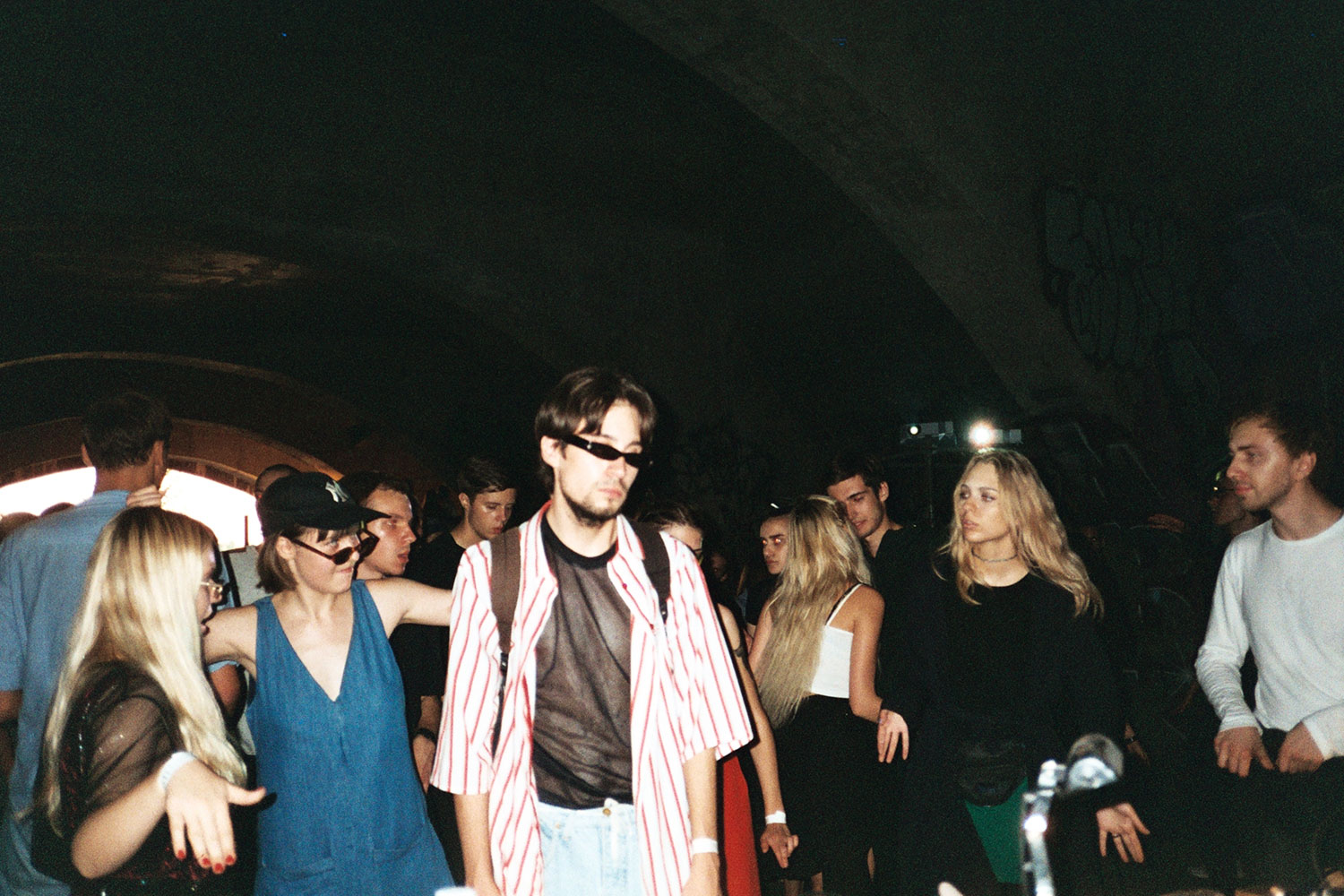
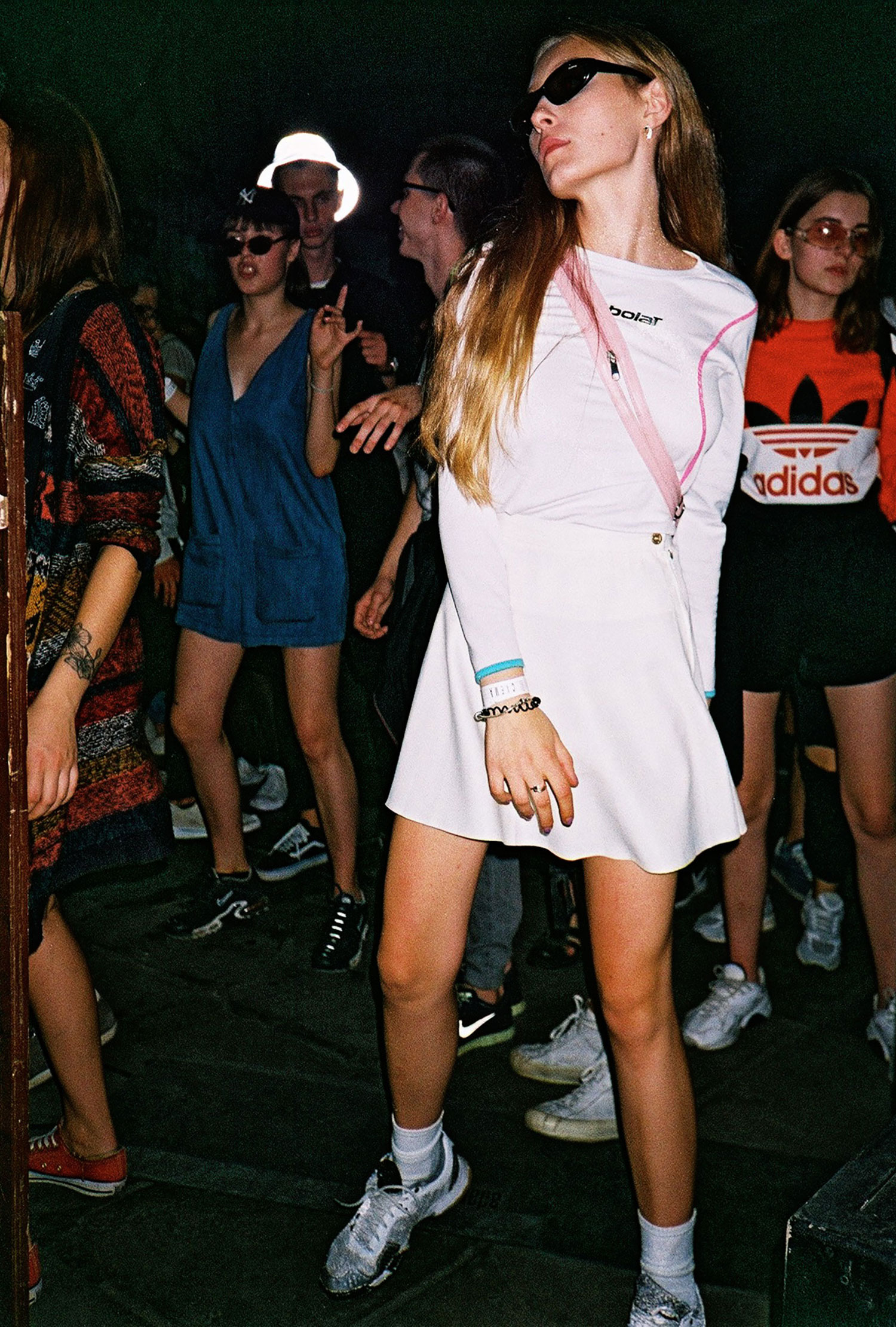
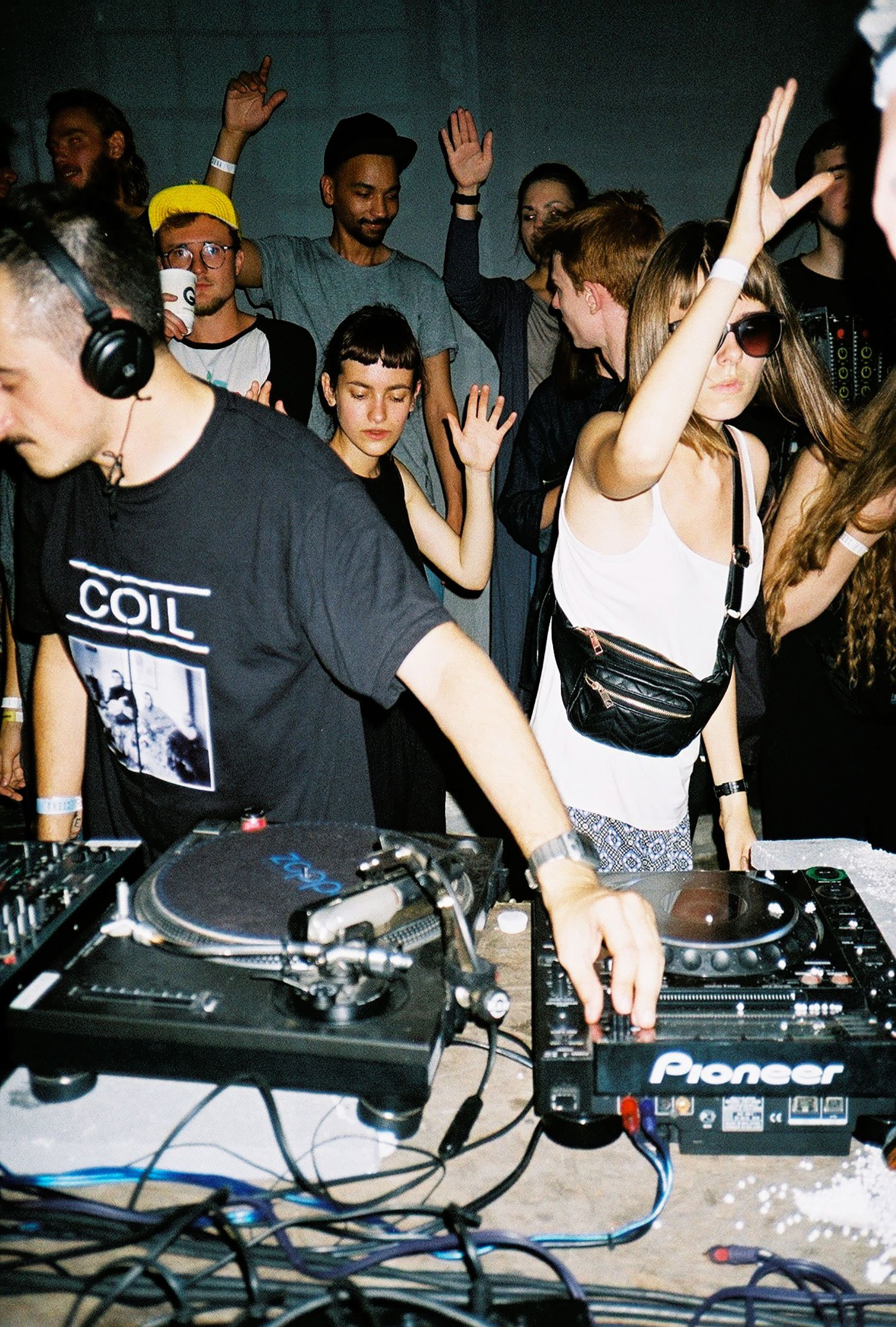
---Copy.jpg)
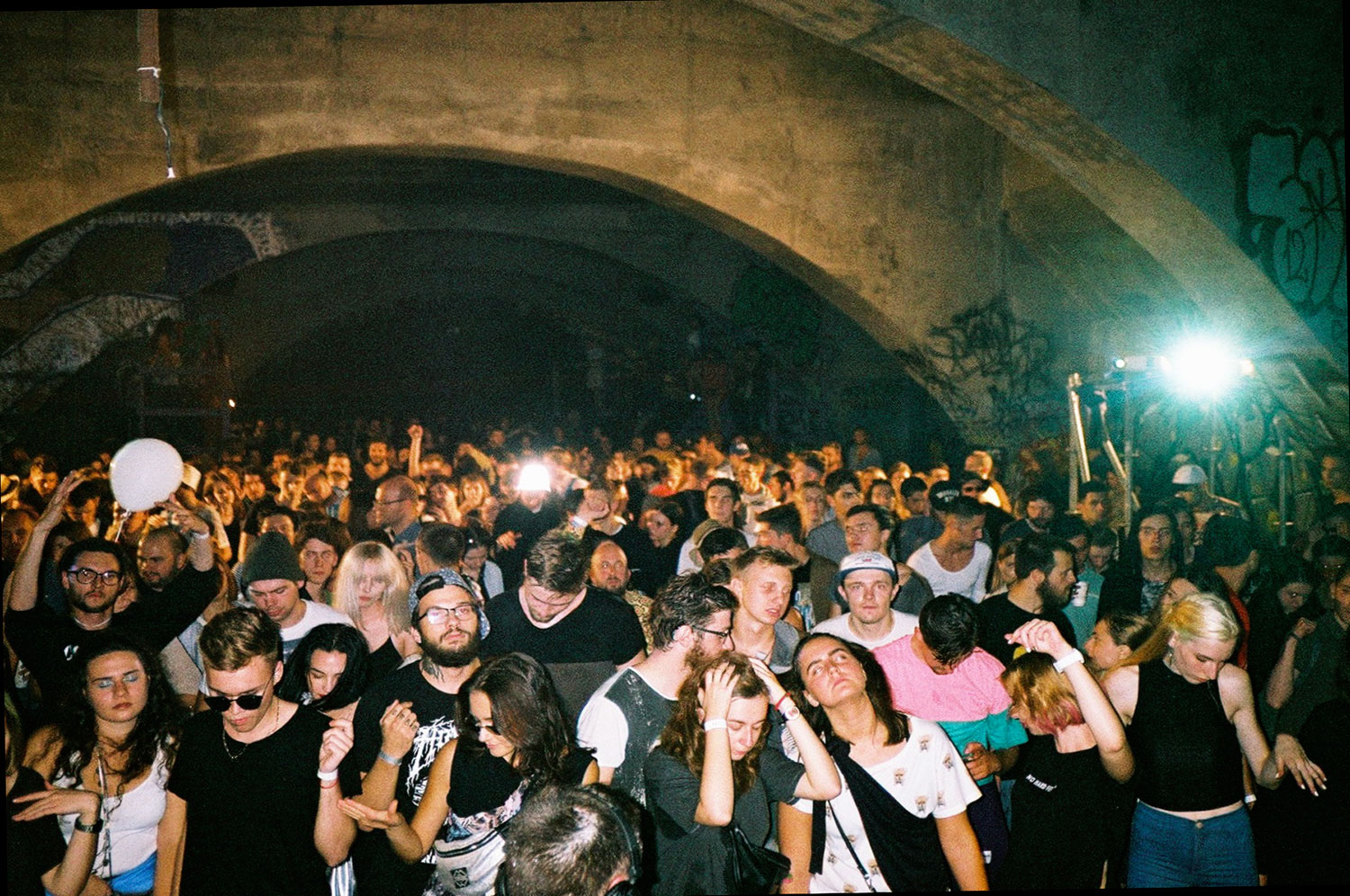
_2.jpg)

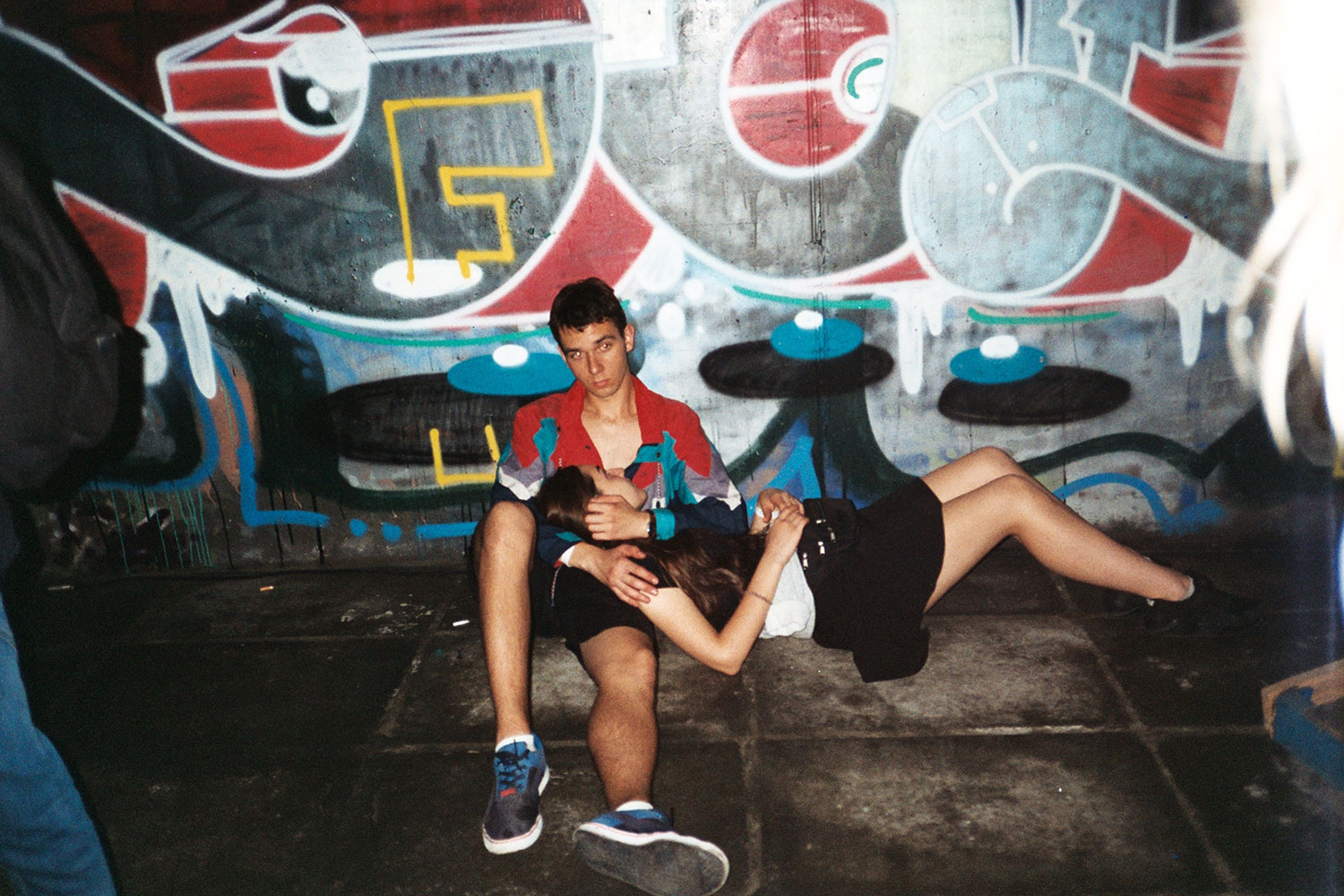
.jpg)
